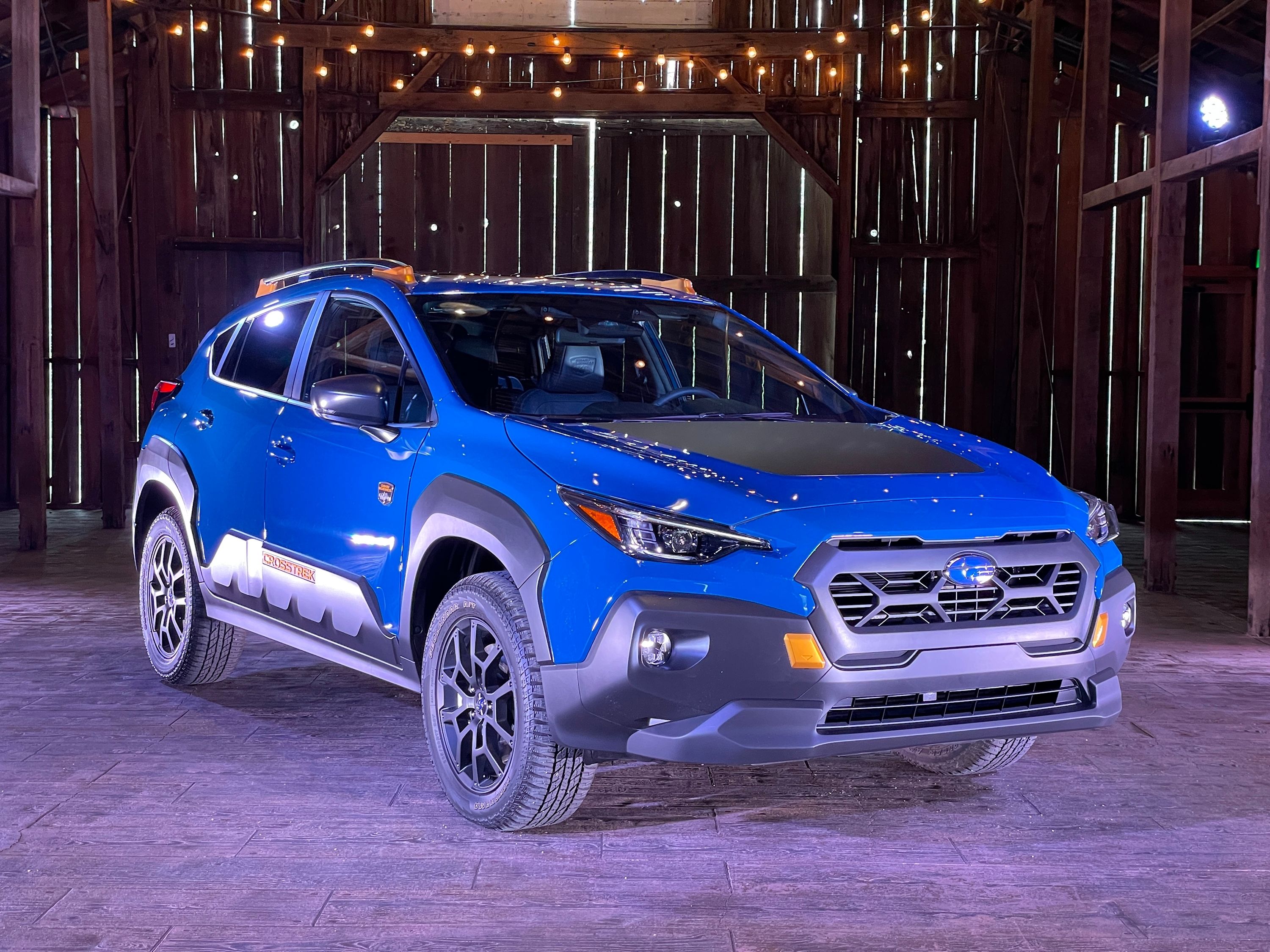
Now that the latest round of the IIHS's crash testing has concluded, the safety institution has stated that the final results from the small car segments are a mixed bag. Out of the 11 cars tested, only seven achieved Good or Acceptable scores in the division's stricter side-impact testing procedure. The rest were slapped with a Poor rating.
The Good-rated small car group only includes the Mazda3 Sedan and hatchback. Acceptable ratings were given to the Nissan Sentra, Toyota Corolla sedan and hatch, and Honda Civic sedan and hatch.
Sitting at the back of the bus are the poorly rated cars consisting of the Kia Forte, Subaru Crosstrek, and Impreza. This is the same revised testing procedure that shamed the midsize segment back in August. Oddly, Subaru was the only brand that scored top marks in that test.
The last two are a bit of a surprise, considering that Subaru achieved some impressive results overall, but its smallest products appeared to have brought the manufacturer's aggregate down. So why did these small cars fare worse than the small and midsize SUV segments?
The IIHS explains that with the taller floor, the side impact tester made contact with the floors of larger cars as opposed to the passenger compartment. It believes that the shorter length of these cars may also play a role. Considering that more vehicles on the road now stand a bit taller than others, this is an unfortunate but realistic testing standard for the slowly dying segment.
"Smaller, lower vehicles are at a disadvantage when struck by the new test barrier, which is a more realistic representation of the front end of a typical modern SUV than our old barrier. Clearly, some manufacturers have already figured out how to provide sufficient protection in a crash like this, even for occupants of small cars," said IIHS Senior Research Engineer Becky Mueller.
"Doors tend to be weaker than the B-pillar and the frame surrounding the occupant compartment. Small cars have less of that weaker space because of their shorter wheelbase and occupant compartment," added vice president of the Institute's Vehicle Research Center Raul Arbelaez.
What exactly made the Mazda3 duo so great, then? The structure and safety cage appeared to be the most vital points of the cars in the side-crash test, while the airbags secured the heads of the crash-test dummies. Despite this, the torso and pelvis were still at risk. The acceptable models also benefit from solid structures and safety cages, but all suffered from intrusion from the barrier upon impact, which puts the passengers at significant risk.
The Sentra struggled more than the Corolla and Civic as the curtain airbag did not make appropriate contact with the dummy driver's head. Interestingly, the Sentra driver's pelvis fared better than it did in the other two Japanese products.
The Forte, Crosstrek, and Impreza suffered from high-risk to relatively high-risk results in almost all aspects of the side crash test. The IIHS adds that it had to make this element of the crash test stricter because its research revealed its previous evaluation did not properly synthesize real-world impacts that result in passenger vehicle occupant fatalities.
The aforementioned barrier's weight has been increased to 4,200 points to match the average midsize SUV, striking the car at 37 mph. This is a big step up from the previous 3,300 barrier that used to make an impact at 31 mph.
The IIHS has not made this updated test a part of its current award criteria, but it will become official by next year.
